SR UEF Tuning Circuits and XOT Crossover Transducers
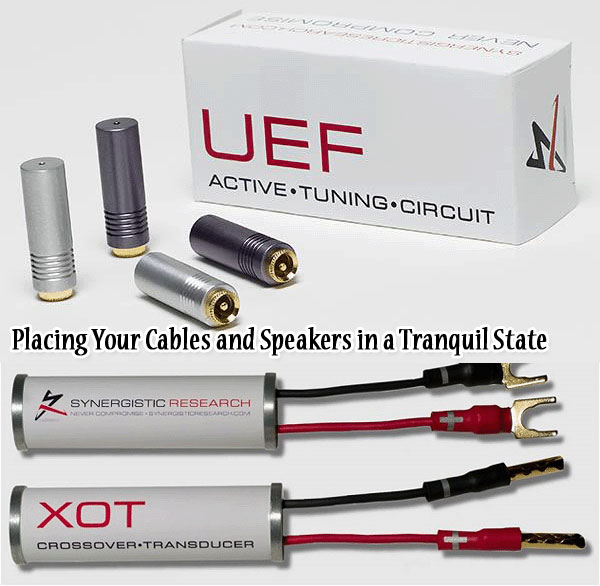
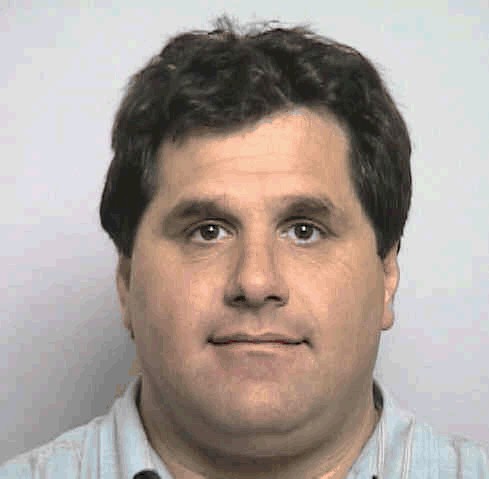 Synergistic Research (SR) has been on a roll as of late introducing new products, revamping existing products, and reinventing existing state-of-the-art products with all being based on the concept known as Uniform Energy Field Technology (UEF). Applications of the UEF have included energy field power conditioning, internal component/circuit energy field power conditioning, in room sound wave energy conditioning and amplified signal conditioning.
Synergistic Research (SR) has been on a roll as of late introducing new products, revamping existing products, and reinventing existing state-of-the-art products with all being based on the concept known as Uniform Energy Field Technology (UEF). Applications of the UEF have included energy field power conditioning, internal component/circuit energy field power conditioning, in room sound wave energy conditioning and amplified signal conditioning.
SR recently introduced an updated version of their Enigma Tuning Circuits and a loudspeaker Crossover Transducer (XOT) which both take advantage of the UEF approach also used in the HFT and FEQ (here). The UEF Tuning Circuits are a plug and play upgrade for Tesla SE, Element, and Galileo Series cables, AC power cords, Digital Power Tools, Tranquility Bases, PowerCell AC line conditioners. I previously described the function of the Enigma Tuning Circuits in my reviews of the Powercell MKIII and Tranquility Base (here). Unlike the older generation Enigma Tuning Circuits, the new UEF version is only offered in as sliver and grey colored bullets which are identified by a series of concentric rings on their cylindrical bodies. The XOTs are a parallel device inserted between the positive and negative loudspeaker binding posts and are offered in spade and banana connectors. According to Ted Denny, lead designer at SR, the UEF technology used in both devices “actually cleans up high frequency noise that otherwise distorts harmonics in the music signal.” My review will start with evaluating the UEF Tuning Circuits and conclude with the XOT crossover transducers.
 In my system, all power cables are from either the Synergistic Tesla SE or the latest Element series. Since my REL R-528SE subwoofer is interconnected by a SR REL Spec Subwoofer Reference cable and is powered by a SR Tesla T3 AC power cord, I started swapping out the original Enigma Tuning Circuits with the latest UET Tuning Circuits on both cables. On recordings made in spacious venues such as the Reference Recording’s Minnesota Ports of Call, track two, Jean Sibelius’ Finlandia and track five Jacques Ibert’s Escales Anime: All were reproduced with a greater sense of space and the presence of the space resulting in a much richer and more enveloping sound. The REL subwoofer also more closely presented the true fundamental and not just its first-order harmonic while displaying a more seamless integration with my main speakers. Needless to say, with the UEF Tuning Circuits in place, my system excelled at communicating the speed and transient detail in the lower octaves. The sound of the beater, drumhead, and shell were clearly audible in series while listening to the drum roll that followed each fortissimo thwack. Overall, this was a very nice upgrade by itself.
In my system, all power cables are from either the Synergistic Tesla SE or the latest Element series. Since my REL R-528SE subwoofer is interconnected by a SR REL Spec Subwoofer Reference cable and is powered by a SR Tesla T3 AC power cord, I started swapping out the original Enigma Tuning Circuits with the latest UET Tuning Circuits on both cables. On recordings made in spacious venues such as the Reference Recording’s Minnesota Ports of Call, track two, Jean Sibelius’ Finlandia and track five Jacques Ibert’s Escales Anime: All were reproduced with a greater sense of space and the presence of the space resulting in a much richer and more enveloping sound. The REL subwoofer also more closely presented the true fundamental and not just its first-order harmonic while displaying a more seamless integration with my main speakers. Needless to say, with the UEF Tuning Circuits in place, my system excelled at communicating the speed and transient detail in the lower octaves. The sound of the beater, drumhead, and shell were clearly audible in series while listening to the drum roll that followed each fortissimo thwack. Overall, this was a very nice upgrade by itself.
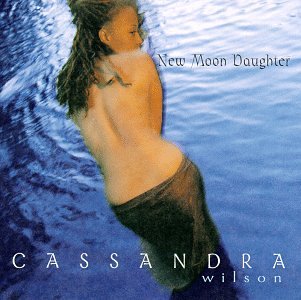 New Moon Daughter is a studio album by American jazz singer Cassandra Wilson, released in 1995 on the Blue Note label. Having reached No. 1 on the Billboard Top Jazz Albums chart in 1996 gives you an idea of how great well received this CD was (and still is). On this recording, Wilson tackles a wide variety of pieces from folks like Son House, Neil Young, Johnny Mercer, Billie Holiday, and The Monkees. They all provide a canvas for her instrument. Her luscious alto vocal has the depth and texture of a great tenor saxophonist lending itself well to reinterpreting even the most overdone piece and thus giving it new life. With its pared-down, simple arrangements, Wilson’s voice is spotlighted by acoustic guitar and percussion, with highlights of coronet and pedal steel provide this recording with a live and intimate feel. Wilson’s voice was significantly transformed by taking on a more natural and palatable tone following replacement of the first gen Enigma Tuning Circuits and the latest UEF Tuning Circuits on all ac power cables. I just couldn’t get enough of Wilson’s voice (while away from my system, my mind kept repeating selected parts of each cut) and the transformation was just the ticket for my all tube amplified system. The acoustic guitar and percussion, with highlights of cornet and pedal steel was more holographic and three dimensional … this wasn’t subtle by any means. The lower noise floor provided by the UEF Tuning Circuits unlocked hidden details across the board … the onion and many of its layers were peeled back … yet the higher frequencies were much smoother and the lower frequencies better controlled. The treble in particular attained a higher level of realism and tangibility as compared to my system fitted with the original Enigma Tuning Circuits. Whether I played a high-rez download on my LT Memory Player or a movie through my Pioneer Elite Blu-ray player the magnitude of each improvement was the same.
New Moon Daughter is a studio album by American jazz singer Cassandra Wilson, released in 1995 on the Blue Note label. Having reached No. 1 on the Billboard Top Jazz Albums chart in 1996 gives you an idea of how great well received this CD was (and still is). On this recording, Wilson tackles a wide variety of pieces from folks like Son House, Neil Young, Johnny Mercer, Billie Holiday, and The Monkees. They all provide a canvas for her instrument. Her luscious alto vocal has the depth and texture of a great tenor saxophonist lending itself well to reinterpreting even the most overdone piece and thus giving it new life. With its pared-down, simple arrangements, Wilson’s voice is spotlighted by acoustic guitar and percussion, with highlights of coronet and pedal steel provide this recording with a live and intimate feel. Wilson’s voice was significantly transformed by taking on a more natural and palatable tone following replacement of the first gen Enigma Tuning Circuits and the latest UEF Tuning Circuits on all ac power cables. I just couldn’t get enough of Wilson’s voice (while away from my system, my mind kept repeating selected parts of each cut) and the transformation was just the ticket for my all tube amplified system. The acoustic guitar and percussion, with highlights of cornet and pedal steel was more holographic and three dimensional … this wasn’t subtle by any means. The lower noise floor provided by the UEF Tuning Circuits unlocked hidden details across the board … the onion and many of its layers were peeled back … yet the higher frequencies were much smoother and the lower frequencies better controlled. The treble in particular attained a higher level of realism and tangibility as compared to my system fitted with the original Enigma Tuning Circuits. Whether I played a high-rez download on my LT Memory Player or a movie through my Pioneer Elite Blu-ray player the magnitude of each improvement was the same.
In my system, the silver (more resolving) UEF Tuning Circuit was preferred over the grey UEF Tuning Circuit which was the opposite configuration when I had the first gen Enigma Tuning Circuits in my system. I think this preference originally was related to the presence of the high frequency noise that may be somewhat masked by the darker sounding Enigma Tuning Circuits. As I replaced all of my Enigma Tuning Circuits with the latest UEF Tuning Circuits the greatest impact was achieved when they were installed on my SR Powercell 10 SE MKIII AC line conditioner. Instrument and voices were right there vividly displayed and projected beyond the front plane of my loudspeakers. On the two SR Tranquility bases located under both source components in my system, the effects brought by the UEF Tuning Circuits mirrored what was heard when I installed them on my SR Powercell 10SE MKIII AC conditioner. All things being equal, if your budget is limited, one should begin the upgrade on their SR AC line conditioner and AC power cord.
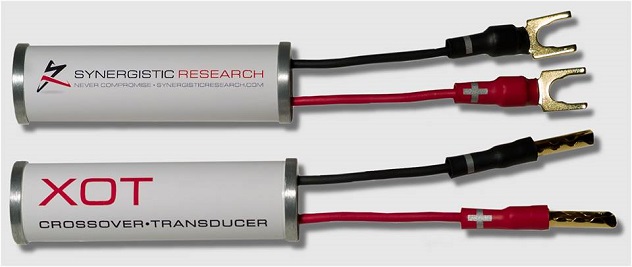
Lastly, I attached two sets of the SR of banana terminated XOT Crossover Transducers to both binding posts on each of my Acoustic Zen Crescendo loudspeakers and allowed for a 72 hour break-in period. I used one of my favorite cuts, “River” from Herbie Hancock, River: The Joni Letters [Verve Records] as an HD tracks 24 bit /96k Hz download to determine what the XOTs would add to the mix. The best way to describe what the XOTs does is related to the imaging and bloom of individual instruments in relation to the front to back perspective of the soundstage. While the UEF Tuning Circuits made my system sound much more holographic, the XOTs completed the three dimensionality within the soundstage allowing me to better place each instrument’s relative position (front to back). This was completely additive to how the SR UEF Tuning Circuits, FEQ, HFT, Tranquility Base, and Powercell products improved my system. At one point I decided to remove the XOTs from my system but quickly discovered my previous observations were validated and this was later confirmed while viewing various Blu-ray movies.
Conclusions
The employment of the UEF Tuning Circuits did not add its own flavor to the music but tended to enhance the energy balance between the fundamental and overtones resulting in the enhancement of low level detail. Employing the UEF technology in one’s system, allows the listener to easily discern the type of instrument and the subtle differences between instruments of the same type since the timbre is displayed so realistically. Further, the music is layered and textured with a lifelike three dimensional character. In summary, the UEF technology used in both the UEF Tuning Circuits and XOTs tackles the unknown and sometimes overlooked influence of high frequency noise present in all audio components. Highly recommended.


UEF Tuning Circuits – $250 for 2 Silver and 2 Grey devices, $150 for 1 Silver and 1 Grey, $150 for 1 Silver right angled and 1 Grey right angled
XOT Crossover Transducer – $399 per pair
Website: www.synergisticresearch.com
Phone numbers: (800) 578-6489 within US and (949) 476-0000 outside the US
Stereo Times Masthead
Publisher/Founder
Clement Perry
Editor
Dave Thomas
Senior Editors
Frank Alles, Mike Girardi, Russell Lichter, Terry London, Moreno Mitchell, Paul Szabady, Bill Wells, Mike Wright, and Stephen Yan,
Current Contributors
David Abramson, Tim Barrall, Dave Allison, Ron Cook, Lewis Dardick, John Hoffman, Dan Secula, Don Shaulis, Greg Simmons, Eric Teh, Greg Voth, Richard Willie, Ed Van Winkle, Rob Dockery, Richard Doran, and Daveed Turek
Site Management Clement Perry
Ad Designer: Martin Perry


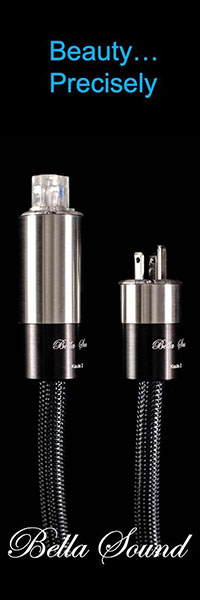

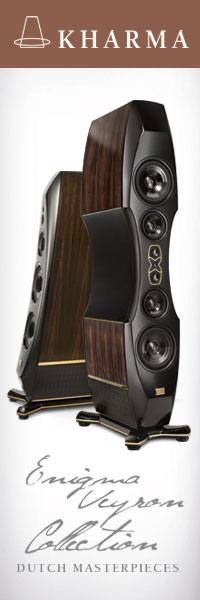
Be the first to comment on: SR UEF Tuning Circuits and XOT Crossover Transducers